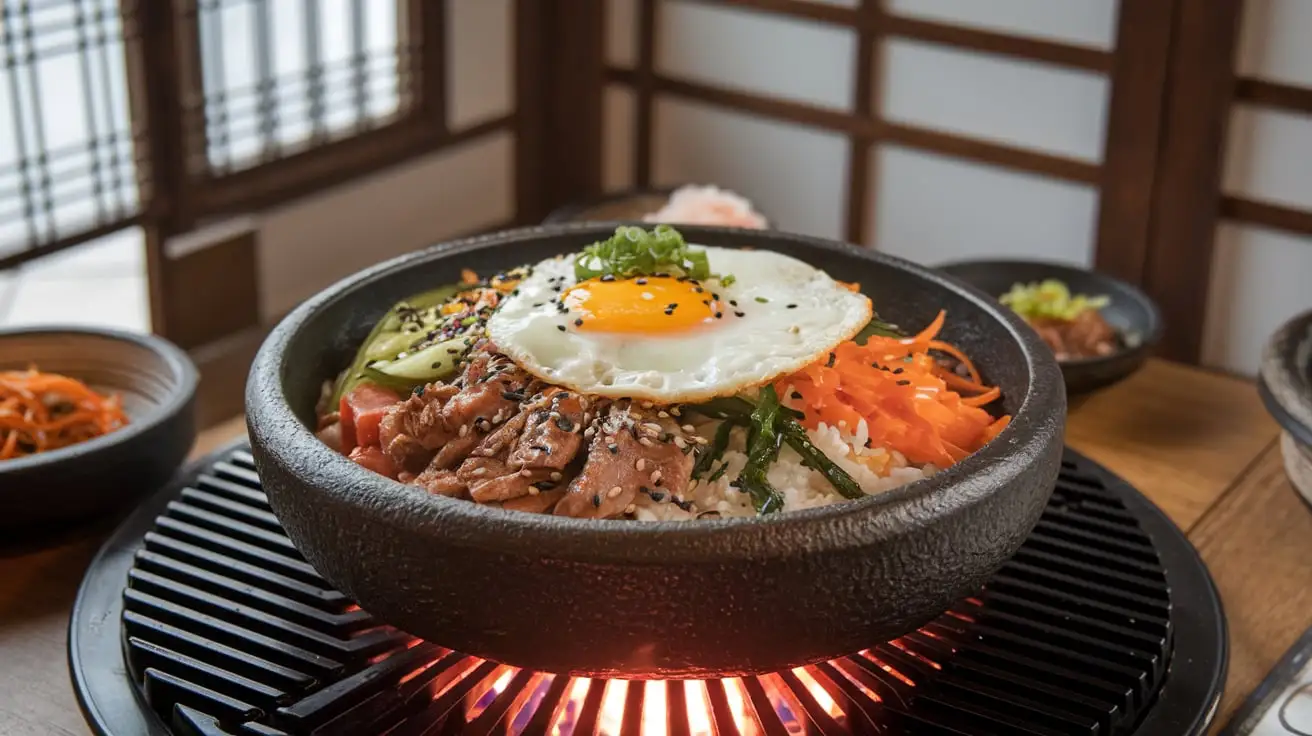
Korea's National Dish: Kimchi and Korean Recipes
Kimchi, Korea's national dish, is not only a cultural icon but also a flavorful and nutritious part of Korean cuisine. This guide explores kimchi, along with other iconic dishes like bibimbap, bulgogi, and japchae, and provides tips on making these dishes at home.
Equipment
- Fermentation Jar
- Wok
- Rice Cooker
Ingredients
Gochugaru
- ½ cup Gochugaru Korean chili flakes for kimchi and other dishes.
Garlic
- 3 cloves Garlic For flavoring kimchi and other Korean dishes.
Ginger
- 1 tbsp Ginger Used in kimchi and for seasoning.
Fish Sauce
- 2 tbsp Fish Sauce For adding umami richness to kimchi.
Napa Cabbage
- 2 heads Napa Cabbage Base for making kimchi.
Instructions
- For making kimchi, halve the napa cabbage, rinse it, and soak it in salted water for 2 hours.
- Prepare the seasoning paste by mixing gochugaru, garlic, ginger, and fish sauce until it forms a thick paste.
- Rub the seasoning paste onto each cabbage leaf, making sure to coat them evenly.
- Pack the cabbage into an airtight jar, leaving room for fermentation, and let it sit at room temperature for 1–2 days, then refrigerate.
- For Bibimbap, cook rice and sauté vegetables. Add a fried egg on top, then drizzle with gochujang for spice.
- For Bulgogi, marinate thinly sliced beef with soy sauce, sesame oil, garlic, sugar, and grated pear, then grill or stir-fry.
Notes
Kimchi is not just a side dish but an essential part of Korean culture. It's fermented and can be enjoyed in a variety of ways, from soups to fried rice.